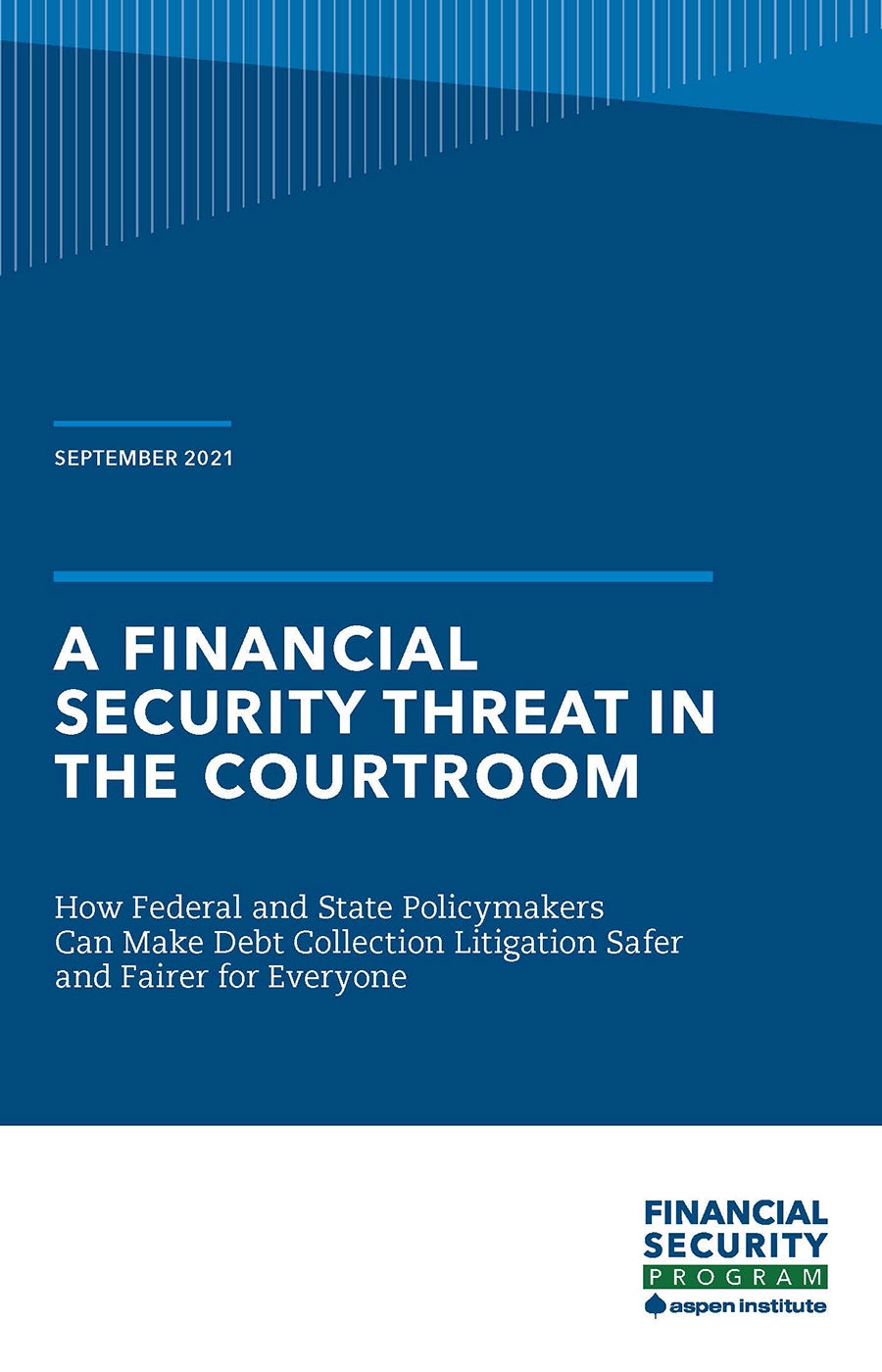Today in America, debt collection lawsuits are simultaneously on the rise, wreaking havoc on the financial lives of millions of low-income households of color, and poorly understood by almost everyone outside the legal system, including the 68 million adults who have debt in collections.
It’s a dangerous combination, not only for individuals, but also for those of us working to strengthen Americans’ financial security, whether by boosting household income, reducing the racial wealth gap, building savings, or improving other critical components of financial health. While we are striving to strengthen the asset side of the household balance sheet, these lawsuits threaten those assets, and with it, the financial lives of vulnerable Americans, particularly low-income individuals and people of color who are disproportionately harmed by debt collection lawsuits.
Debt collection lawsuits, more commonly known as debt collection litigation, are a potential step in the collection process for an unpaid debt or bill. For readers unfamiliar with the subject, we offer a simple, non-technical explanation of debt collection litigation, including a review of the process and of the impacts of debt and debt collection litigation in the lives of people in America.


